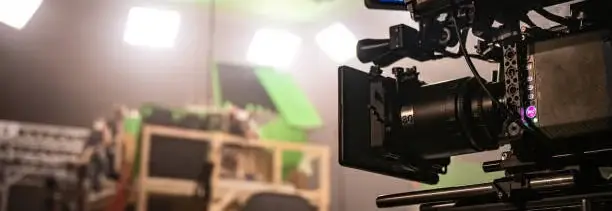The leading cause of accidental fires in non-residential buildings in the UK, remains the combination of flawed electrical supplies and malfunctioning electrical appliances. The number of fires due to the improper use of electrical appliances further compounds this issue. Fires can be caused by:
- Faulty fixed-wiring electrical installation
- Overheated electrical cables due to overloaded circuits or coiled reels
- Incorrect installation of electrical equipment
- Damaged, faulty, or misused electrical equipment
- Combustible materials placed in close proximity to heat-generating equipment and lighting
All electrical systems must adhere to the Electricity at Work Regulations 1989, commonly ensured by following the IET Wiring Regulations (BS 7671), often referred to as ‘The 18th Edition.’ Even temporary electrical systems, regardless of their size, must comply with BS 7909, a code of practice for temporary electrical systems set forth by BSI.
Further detailed guidance on electrical supplies and installations can be accessed through the Electrical Safety Homepage, which covers operational electrical equipment and systems, including guidelines for electricity distribution in temporary environments, especially on location or in studios.
Moreover, the law mandates that work equipment must be maintained in efficient working order, in good repair, and in an efficient state. Regarding electrical appliances and extension leads, strict adherence to specific checks and maintenance procedures is essential:
Regularly inspect electrical leads for any damage. Defective equipment should not be used; it should be isolated and reported.
Ensure electrical equipment undergoes Portable Appliance Testing (PAT testing).
Fully uncoil extension leads before use and avoid linking multiple leads.
Verify the safety of heating equipment before operation.
Refrain from using equipment emitting unusual heat or odours. In cases of doubt, have it inspected, repaired, or replaced.
Maintain equipment according to manufacturers’ recommendations.
Do not cover or obstruct vents of electrical equipment designed for heat dissipation.
Avoid placing heat-generating equipment, such as lighting, near easily ignitable combustible items.




